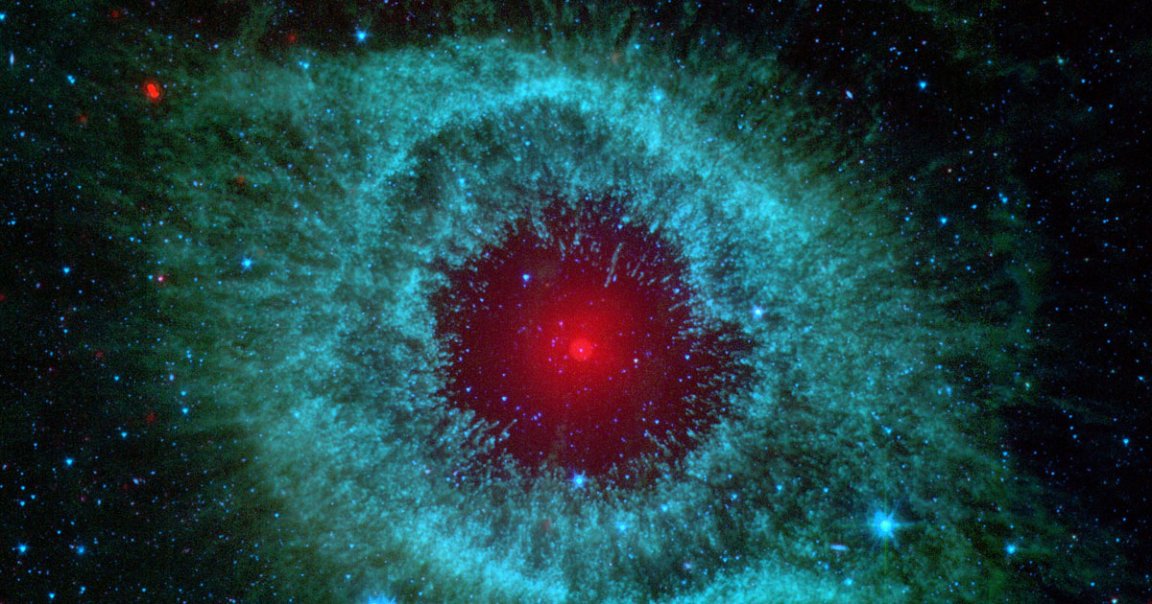
Sensitive Measurements
Forget high-tech underground facilities spanning miles and miles — the sensor that finally detects dark matter might rest on a three-foot-long table.
Physicists at Barcelona, Spain’s Institute of Photonic Sciences recently built a new molecular scale. It’s a virus-sized bead that floats in a tiny vacuum chamber, held aloft by a focused infrared laser beam. And they say that it could be the key to detecting high-frequency waves and even dark matter, the elusive and invisible substance that makes up 85 percent of all matter in the universe, according to a new WIRED feature.
Let’s Dive In
The actual science gets circuitous, so bear with us for a moment. Research published on the preprint server ArXiv last week described how the bead can reliably and consistently measure objects as small as an individual molecule with considerably less error than existing molecular scales.
When an object such as a molecule is attached to the floating bead, the physicists can perturb it with a tiny force and determine the mass of the object by looking at how fast the bead oscillates, like a tiny metronome.
Currently, the scientists who invented the scale are working on experiments to unravel the mysteries of how gravity works by measuring the minute gravitational forces that the bead and a nearby sliver of gold exert on each other, according to WIRED. The team also hopes to use its floating bead system to detect high-frequency gravitational waves, which the scientists believe would cause the laser suspending the bead to bend out of shape.
Still With Us?
It’s that type of wave that would help physicists spot dark matter, something that so far no one has been able to do. That’s because the waves are caused when a theoretical dark matter particle called an axion runs into the powerful forces given off by a black hole, according to a different WIRED story.
Whether or not the minuscule glass bead is up to the task of finally providing us with direct evidence of dark matter is yet to be determined. But in the meantime, it shows that scientists are actively coming up with original ideas that are wildly different from the warehouse-sized detectors usually tasked with the search for dark matter.
READ MORE: A LEVITATING GLASS BEAD PROBES THE UNIVERSE’S MYSTERIES [WIRED]
More on dark matter: Two Nearly-Identical Dark Matter Studies Have Conflicting Results